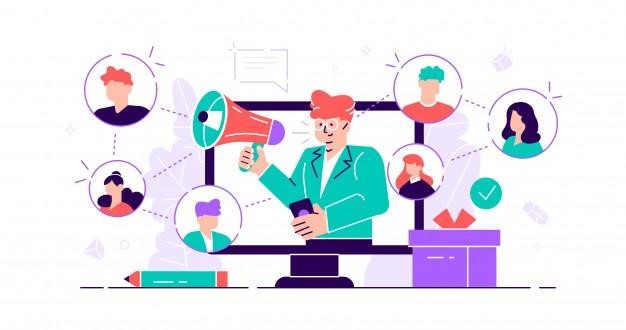
Broader understanding of Customer Service
Customer service is the provision of service to customers before, during, and after a purchase that helps them have an easy and enjoyable experience with the company. Once companies have a clear understanding of where the bottlenecks and other problems are in their customer experience processes, they can use digital tools to redesign workflows and create more streamlined experiences. Using systems that provide continuous monitoring will allow them to see the effects of the new customer experience and find opportunities for more improvements as customer expectations evolve. Great customer experiences are increasingly what define great companies. Yet running a successful customer service operation is a complex challenge for any company today and an ever-more expensive one. Customer service has become a discipline, more of a focus that professionals understand and are able to apply practices against, similar to what you’d see in engineering, accounting, and marketing.
Few ways to identify bottlenecks in customer journey are:
- Customer effort score- This measures how easy it is for customers to interact with a company across touchpoints such as purchasing products or services, using those products and services, and resolving any issues.
- satisfaction score- This gauges whether customers are happy with an interaction they had with a company.
- Promoter Score- This looks at whether a customer is likely to recommend a company to someone else and, ultimately, whether that customer is likely to remain loyal to the brand.
- There are seven key elements to good digital customer experiences, according to McKinsey :
- Simplicity. The design should be intuitive and require as few steps as needed for a customer to accomplish a task.
- Omni-channel reach. Customers should have their choice of support channels and easy-to-find information.
- Interactivity. Customers want their experience to be dynamic, drawing on different offerings and communities such as online reviews, forums, and social media.
- Consistency. The experience should be the same regardless of the specific touchpoint a customer is using. This makes it easier for them to know what to expect when they use different channels.
- Value. Customers expect their experience will meet their needs and adapt to changing needs over time.
- Desirability. The visuals and tone must be appealing to customers, which can vary by factors such as their location or their demographic group.
- Brand. A customer experience should always reflect the company’s brand values.
Given the range of options offered in dashboards and customer experience management software at large, McKinsey recommends a few helpful criteria for evaluating them:
- Flexibility- How quickly can the system adapt to any changes in metrics the company wants to measure?
- Scalability- Can the system cover the company’s needs across different countries or languages? Is it prepared to grow with the company?
- Cost- Is this just the lowest-cost option available, or is it poised to deliver the best return on investment?
Customers have a perception of their experience, three main components of perceptions are success, effort, and emotion. Customer’s expectations only keep rising. Automation, machine learning, and artificial intelligence help companies meet these digital-driven customer expectations. Machine Learning capabilities can guide customers to the right spots within knowledge hubs and online communities to find information they need. It can also route them to the right human agent if the customer can’t find a solution via self-service. Artificial intelligence can play a major role in analysing customer data to better understand their needs and wants, then delivering the personalized experiences they’re looking for. And there’s evidence customers are increasingly willing to share data with companies they trust if it means getting a better experience, PwC found, with 63% of U.S. customers saying they’d share more data for a great experience. Human element remains important to customers, according to PwC research that found 64% of U.S. customers feel companies “have lost touch with the human element of customer experience.” When automated tools learn from humans, though, it allows human agents “to be more engaged when they’re needed, provide better service and get necessary support from technology.”

